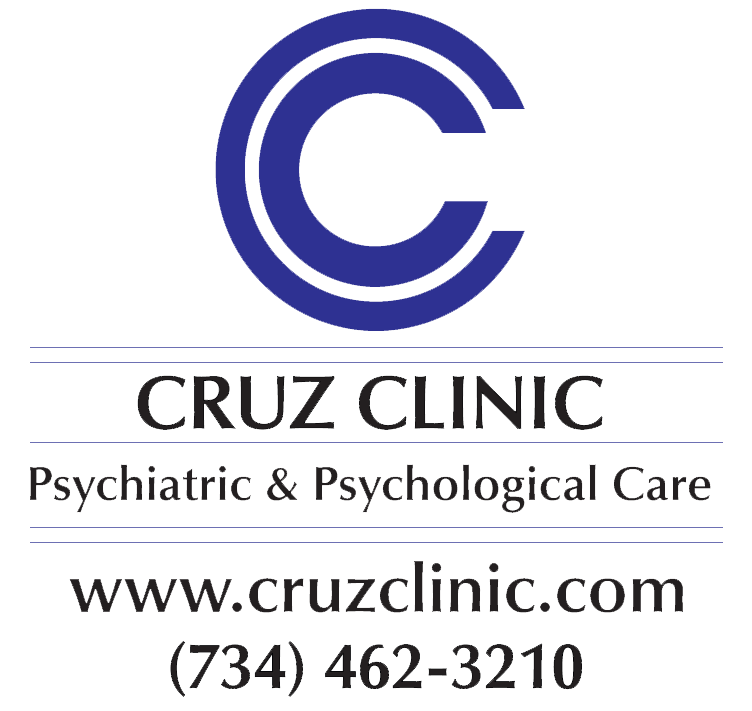Janis Haggerty, MS
Mindfulness has been a popular subject lately. “The Mindful Revolution” was on the cover of Time Magazine and it is now widely accepted as an important behavioral tool to enhance our ability to cope with our stressful and hectic lives. Research supports mindfulness and meditation as ways to reduce anxiety, depression, and chronic pain. It has been shown to increase the ability to tolerate discomfort and to handle life’s stressors. According to Dr. Ronald D. Siegel, a pioneer in the field of mindfulness, there are two distinctive parts to mindfulness:
Focused awareness: formally called mindfulness, simply means “being aware, of present experience, with acceptance”. For example, when you are immersed in a movie, you are fully engaged and mindful of being in the present moment. You can also practice mindfulness by eating a favorite food, taking a shower, or involved in conversations with loved ones.
Formal meditation: To practice meditation, just sit quietly, focusing on your breath; when you notice your thoughts taking over, redirect your mind back to the breath, over and over again. It’s okay if your thoughts intrude, as they will; when you notice them, come back to your breath. That’s really what meditation is about. With repetition, it helps calm the chaotic nature of your thoughts and improves your ability to repeatedly focus on the breath.
Regular meditation will enhance your capability to handle life’s stress, as opposed to “reducing stress”, which is often the goal of traditional stress management training. In fact, spending more time in the present moment may eliminate time spent judging ourselves and engaging in negative thoughts about others. As we develop our capacity for self-compassion and self-acceptance, we often become more tolerant and accepting of others.
Mindfulness and meditation may also have a soothing effect, leading to enhanced resiliency in your daily life and increased autonomy on health and well-being. Make a conscious effort to be fully present and engaged during 3 activities each day. Take notice of every “texture” of these experiences. In addition, Dr. Siegel suggests incorporating 20 minutes, 3 times a week of formal meditation. Essentially, try to be more present in your life, as opposed to being on “auto-pilot”, as we tend to spend so much of our daily lives. In our modern world of “quick fixes”, mindfulness and meditation are refreshing alternatives to help you help yourself.





